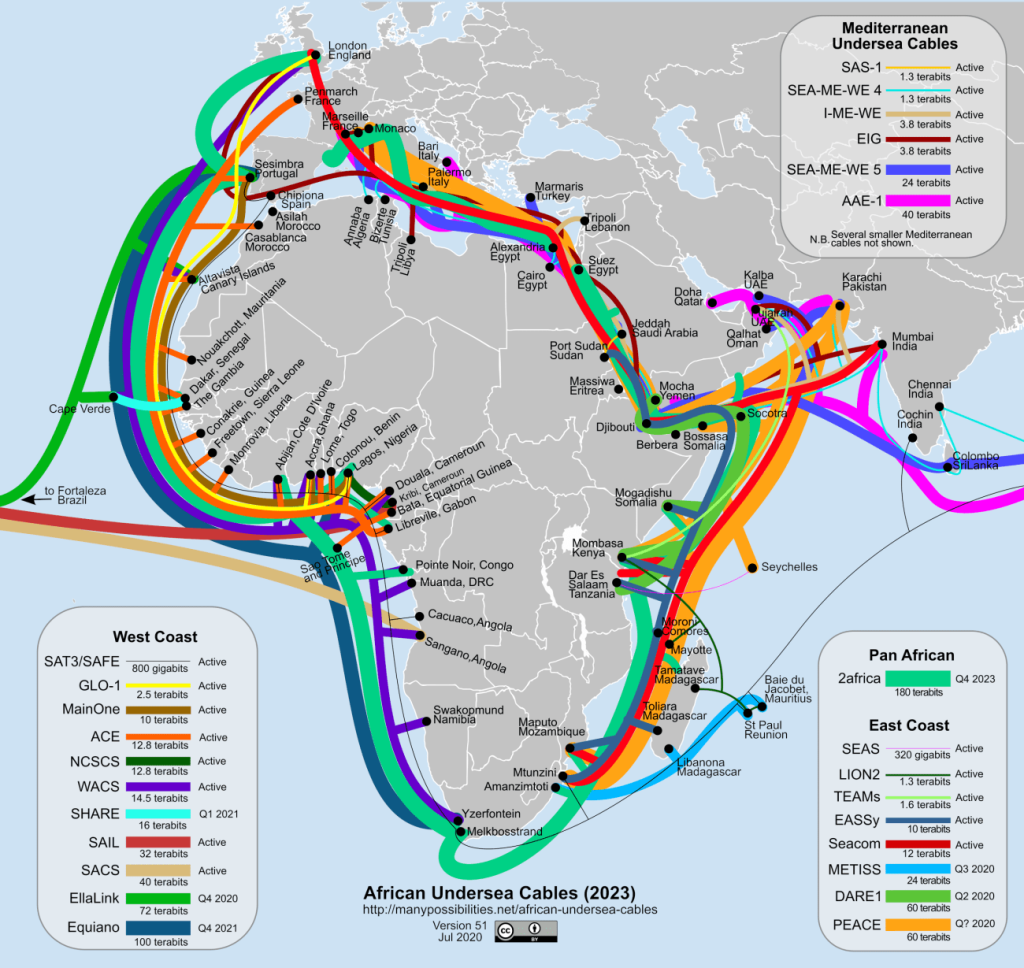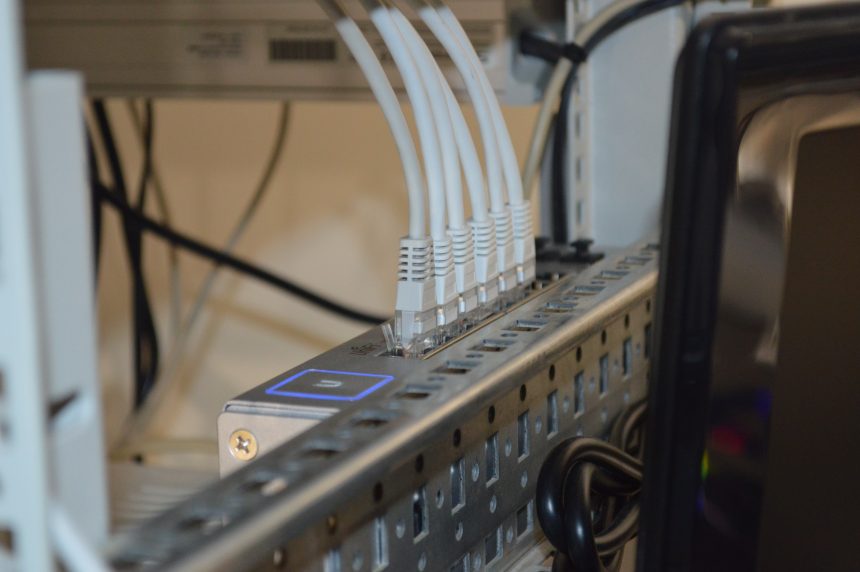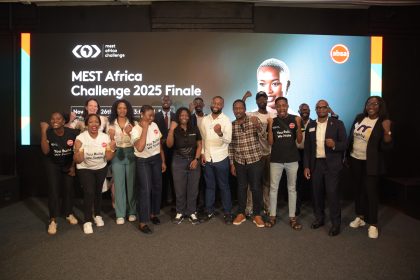On Thursday, subsea cable providers were affected by major cuts to undersea submarine cables, disrupting internet traffic in major parts of the continent.
This disrupted the services of banks and telecommunications companies in Nigeria, Ghana, Cote d’Ivoire, and Senegal.
Details
MainOne, a West African digital infrastructure service provider said preliminary findings and further investigations showed “the fault occurred due to an external incident that resulted in a cut on its submarine cable system, in the Atlantic Ocean offshore Cote D’Ivoire, along the coast of West Africa”.
The company stated that repairing its undersea submarine cables might take one to two weeks.
State of Repairs
As far as repairs to the cables, MainOne stated: “We have a maintenance agreement with Atlantic Cable Maintenance and Repair Agreement (ACMA) to provide repair services for the submarine cable.”
“First identify and assign a vessel, the vessel has to retrieve the necessary spares required for repair, and then sail to the fault location to conduct the repair work.
“Next, in order to complete the repair, the affected section of the submarine cable will have to be pulled from the seabed onto the ship where it will be spliced by skilled technicians.”
According to MainOne, after repair, joints will be inspected and tested for any defects and subsequently, the submarine cable will be lowered back to the seabed and placed in a good position.
“This process might take 1-2 weeks for repairs while about 2-3 weeks of transit time may be required for the vessel to pick up the spares and travel from Europe to West Africa once the vessel is mobilised.”
MTN Partners With Bayobab To Work On Repairs
In a statement on Friday, MTN Group said Bayobab, a digital connectivity solutions company,
is working with its partners on the synchronisation of repair work on the damaged underwater digital communication cables along West Africa.
“As confirmed by their consortium partners, on March 14, 2024 four subsea cables were cut. They are WACS, ACE, SAT3, and MainOne,” MTN said.
According to the statement, it is also collaborating with partners to mitigate the impact of the damage by rerouting traffic and enabling more circuits.
“ACE and WACS have jointly initiated the repair process by mobilising a cable ship for a collaborative repair effort. While investigation and repair efforts are underway, Bayobab’s strategy focuses on successfully rerouting traffic, leveraging our extensive network, and collaborating with industry partners,” the telco said.
“Our network resiliency allows for the swift activation of new cables, facilitating faster rerouting and bolstering network resilience. By activating new cables, we quickly increase interconnectivity and establish alternative routes.
“Additionally, we are working with the cable consortiums and partners to enhance interconnection along both the west and east coasts, with further interconnections between WACS and Equiano, and the introduction of the end-to-end connection between WACS on the west coast and EASSy on the east coast.”
MTN said it has already made progress in restoring service in some affected regions, assuring it remains committed to achieving full recovery as swiftly as possible.
Digging Deeper
Glo-1, a cable provided by Nigerian telecoms company Globacom, was not affected by the incident.
2Africa, the 45,000km cable being deployed by a Meta-led consortium that landed in Nigeria and Ghana last month, was also not named as one of those affected.
Access to WhatsApp, Instagram and Facebook apps owned by Meta remained normal in both Nigeria and Ghana.
Google’s services, including the search engine and YouTube, also remained normally available during the incident. Its $1 billion Equiano cable is present in Nigeria, Togo, and Namibia.
Seacom, a cable company that focuses on East and Southern Africa, said it rerouted its traffic to Equiano after the disruption.
Zoom Out
This is not the first time there has been a major disruption to the internet supply in West Africa.
In 2023, the West African Cable System (WACS) was damaged somewhere off the coast between the Democratic Republic of Congo and Cameroon. The damage to the WACS, occurred on 6 August.

The damaged cable was reportedly caused by sub-sea rock slides in the Congo Canyon and disrupted internet services in some West African countries.
The Bigger Picture
With the threat of internet cables especially due to rising conflicts in specific locations including Yemen, there might be needed discussions about the broader use of Low Earth Orbit Internet companies like Starlink.
However, the technology is still early and might not be able to handle the volume of users as compared to subsea marine internet cables.
Catch up on news and other tidbits on our WhatsApp Community Page, Twitter/X, and subscribe to our weekly newsletter to ensure you don’t miss out on any news.










